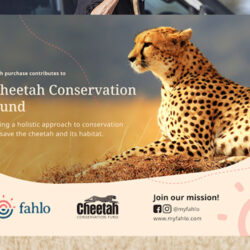CCF at CITES CoP19 in Panama
-
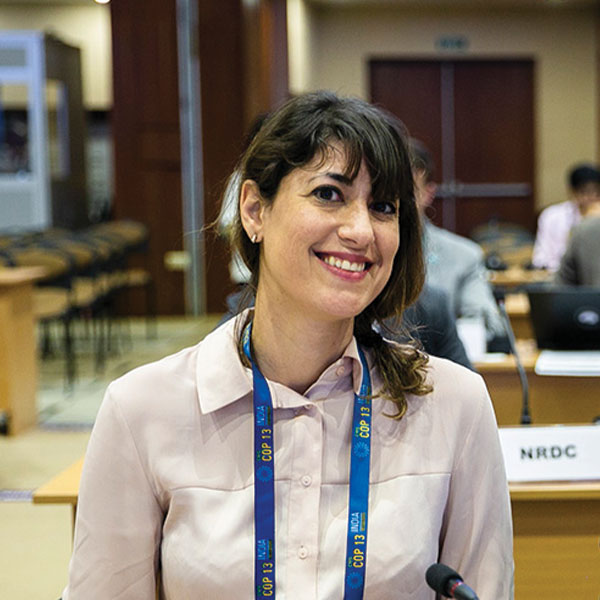
- by Dr. Shira Yashphe December 1, 2022
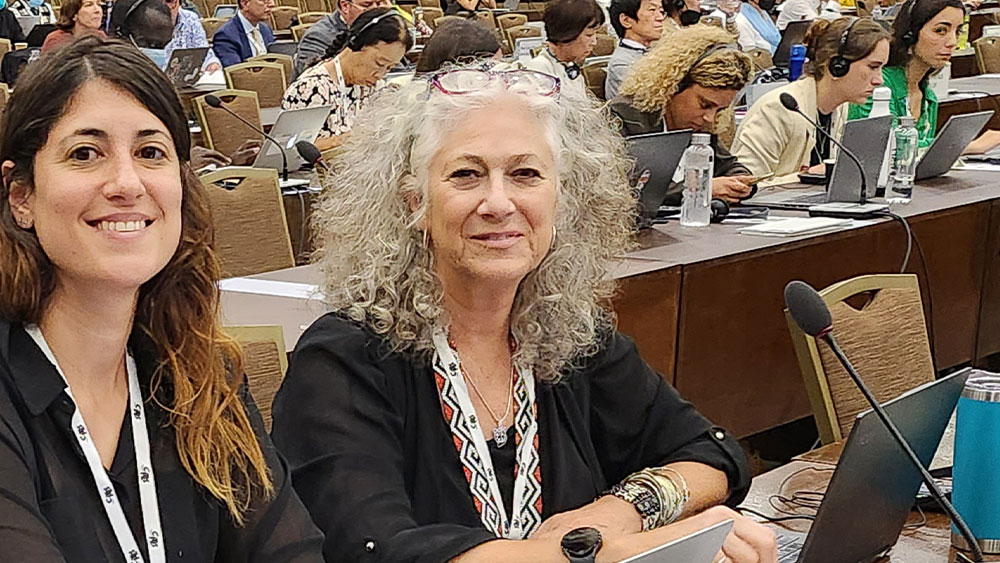
On November 14th-25th, 2022, delegates from 184 countries joined deliberations on which species of wild animals and plants should be protected under the Convention regulating international trade in wildlife. CITES, or the Convention in International Trade in Endangered Species of Wild Fauna and Flora, was signed in 1973 with an aim of ensuring that international trade of wild animal and plant species does not threaten their survival.
Hosted by Panama, this 19th meeting of the Conference of the Parties (CoP) of CITES took place at a critical moment, following increasing concern on biodiversity loss world-wide. Together with habitat loss and climate change, overexploitation and trade are now recognized as serious threats to wild plants and animals[1].
Dr. Laurie Marker, Founder and Executive Director of the Cheetah Conservation Fund, and myself joined more than 2,500 delegates, observers, and journalists in the two-week meeting. The issue of the illegal trade in cheetah cubs was our top priority, of course, as was the CITES Big Cats Task Force.
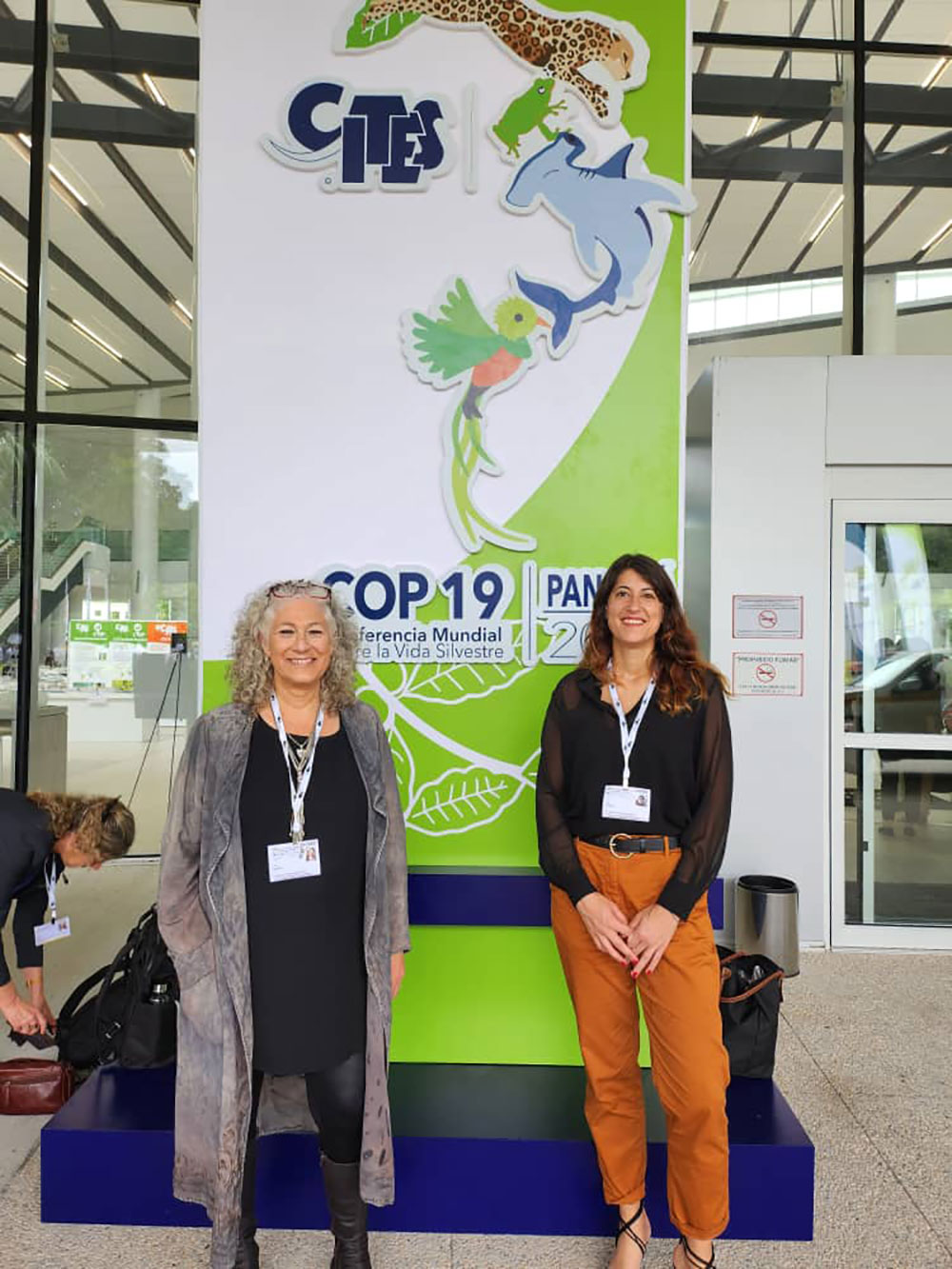
Both issues were discussed on November 21st, making it a crucial day for our team. With an aim to tackle illegal trade in big cats globally, the Big Cats Task Force (BCTF) had its proposed Terms of Reference (ToR) and Modus Operandi (MO) up for adoption during this meeting. It is to work on trade in big cats worldwide, looking for convergence of trade chains, similarities and differences, and pool resources together to support enforcement action. The Parties adopted the proposed ToR and MO, allowing the first meeting of the Task Force to now be scheduled. Date is to be announced by the Secretariat in early 2023.
While important, the BCTF is already delayed in its launch due to COVID-19, and having the first meeting planned for 2023, we were concerned that the cheetah issue would not be addressed in a timely manner. Therefore, we support the discussion of the illegal trade in cheetahs separately, as presented by Ethiopia through Document 59. Ethiopia asked the Parties of the Convention to remain focused on the need to stop cheetah illegal trade and to move forward together, in a coordinated manner involving source, transit, and destination countries. The document was presented in Committee II on the 21st of November. While Somalia, Senegal, Tanzania, the US, EU, and UK supported Ethiopia’s offer, Bahrain, UAE, Saudi Arabia, and Kuwait questioned some of the sources of information and offered that any trade in cheetahs be included in the work of the Big Cats Task Force. Concerned with the high number of cubs trafficked and the high mortality rates en route, CCF intervened on the floor pleading for both Arabian Peninsula and Horn of Africa countries to take action now, and not wait for the BCTF to commence its work. Therefore, CCF supported the convening of a cross-regional meeting as proposed by the original Document 59 but proposed for deletion by the Secretariat.
Unfortunately, Parties did not agree to decide on a cross regional meeting. The CoP, did direct parties affected by illegal trade in cheetahs to report to the Secretariat in advance of the 78th Standing Committee, which will then inform this committee of these reports as well as any outcomes from the BCTF, and thereafter develop recommendations for consideration at CoP20. CCF will now pursue work both within CITES, through the BCTF, and outside of it, through a planned Global Cheetah Meeting, to ensure action is done in a timely manner.
Apart from cheetah matters, Parties adopted 46 of the 52 proposals put forward to increase or decrease controls on international trade in wildlife and wildlife products, bringing many species of sharks, lizards, turtles, fish, birds, frogs, and more than a hundred tree species under CITES control to ensure the sustainability of these species in the wild while allowing their international trade. Shark and glass frog species were of special interest as they were listed for the first time, mandating monitoring of their trade to ensure populations survival.
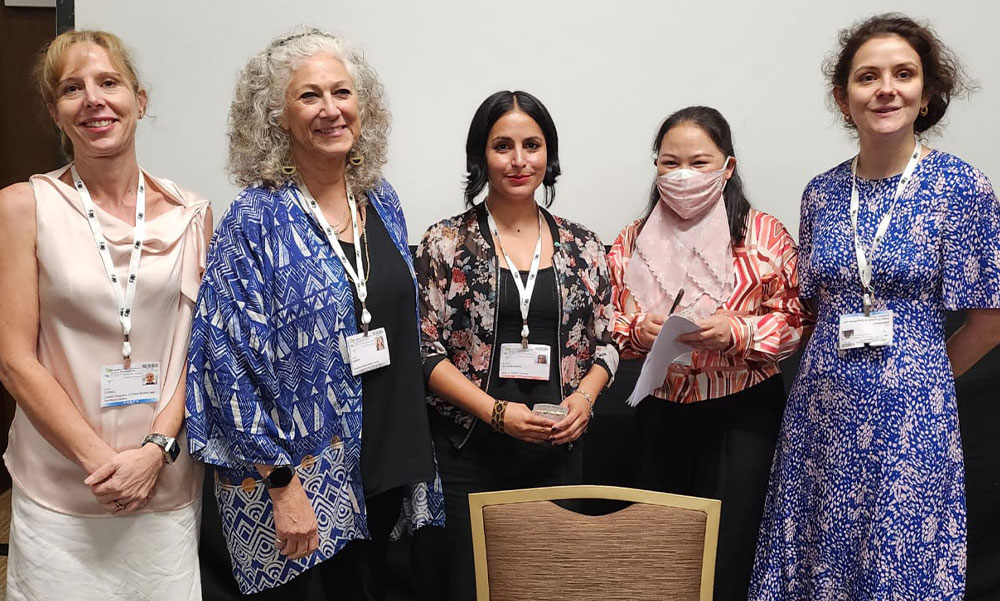
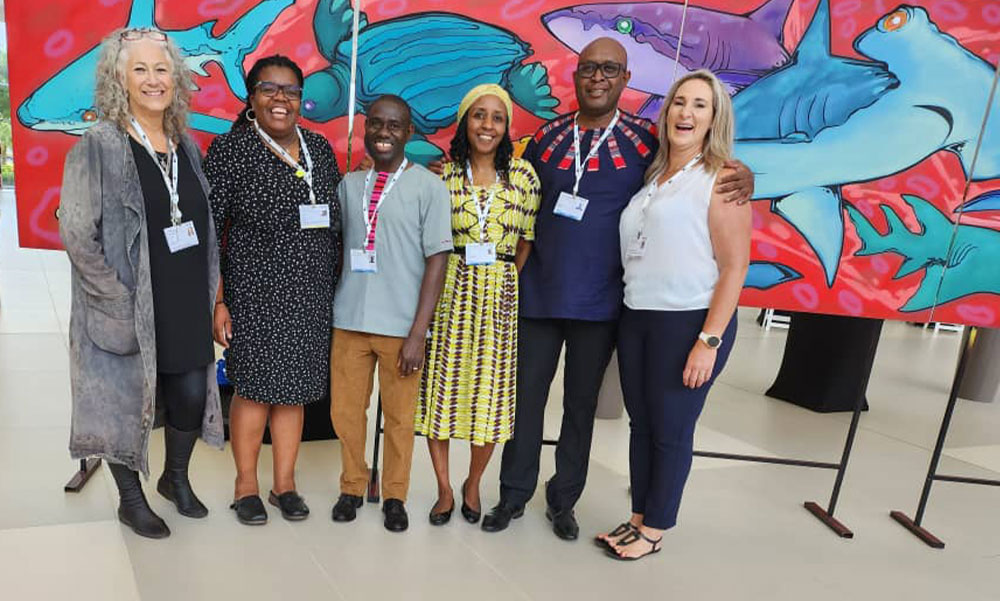
Dr. Marker and I also had multiple side meetings, in between sessions with stakeholders from Parties and NGOs which could support our work going forward. In addition, we attended side events offering overviews and insights on the illegal trade in other big cats, namely tigers and jaguars. These offered valuable lessons to take into consideration in our own work. On the 17th of November, Dr. Marker was part of a four-person panel discussion at the UK DEFRA side event to discuss the work to fight the Illegal Wildlife Pet Trade through CCF’s LICIT program from a DEFRA grant. Then on the evening of the 18th of November, CCF helped coordinate a side event about the Illegal Wildlife Trade in Cheetah which was a panel discussion about issues facing the cheetah in the Horn of Africa and throughout the range states of cheetah.
In addition to our efforts on the ‘floor’, we were joined by CCF LICIT grant lead, Edwin Brown, who attended a two-day Wildlife Enforcement Network (WEN) which has been held at CITES the past few years. Both Laurie and I interacted with many of the delegates to learn more from their experiences. As a part of our DEFRA LICIT 1 and LICIT 2 grants (we have received a second LICIT grant a couple months ago to continue our work on the Illegal Wildlife Trade issues in the Horn of Africa), we are helping to support the Horn of Africa Wildlife Enforcement Network (HAWEN) and will be participating in the upcoming meeting in early December in Kenya.
We look forward to continued work through the convention but with the next CoP happening in 3 years’ time, we will ensure that action is taken beforehand as well.

CITES Background
CITES parties regulate wildlife trade through controls and regulations on species listed in three appendices. Appendix I lists species endangered due to international trade, permitting such trade only in exceptional circumstances. Appendix-II species are those that may become endangered if their trade is not regulated, thus they require controls aimed at preventing unsustainable use, maintaining ecosystems, and preventing species from entering Appendix I. Appendix-III species are those subject to domestic regulation by a party requesting the cooperation of other parties to control international trade in these species.
In order to list a species in Appendix I or II, a party needs to submit a proposal for approval by the Conference of the Parties (CoP), supported by scientific and biological data on population and trade trends. The proposal must be adopted by a two-thirds majority of parties present and voting. As the trade impact on a species increases or decreases, the CoP decides whether or not the species should be transferred or removed from the appendices.
There are approximately 5,800 fauna species and 30,000 flora species protected under the three CITES Appendices. Parties regulate international trade of CITES species through a system of permits and certificates that are required before listed specimens are imported, exported, or introduced from the sea. Each party is required to adopt national legislation and to designate two national authorities, namely, a Management Authority responsible for issuing permits and certificates based on the advice of a Scientific Authority. These two national authorities also assist with CITES enforcement through cooperation with customs, police, and other appropriate agencies. Parties maintain trade records that are forwarded annually to the CITES Secretariat, thus enabling the compilation of statistical information on the global volume of international trade in an appendix-listed species.
*Adapted from the CITES CoP19 summary record of the Earth News Bulletin[2]
[1] https://ipbes.net/global-assessment
[2] https://enb.iisd.org/convention-international-trade-endangered-species-wild-fauna-flora-cites-cop19-summary
Related Reading
-
September 2, 2025
A New Way to Follow the Fastest Cat on Earth -
September 27, 2024
Representing the Cheetah at the AZA Conference


